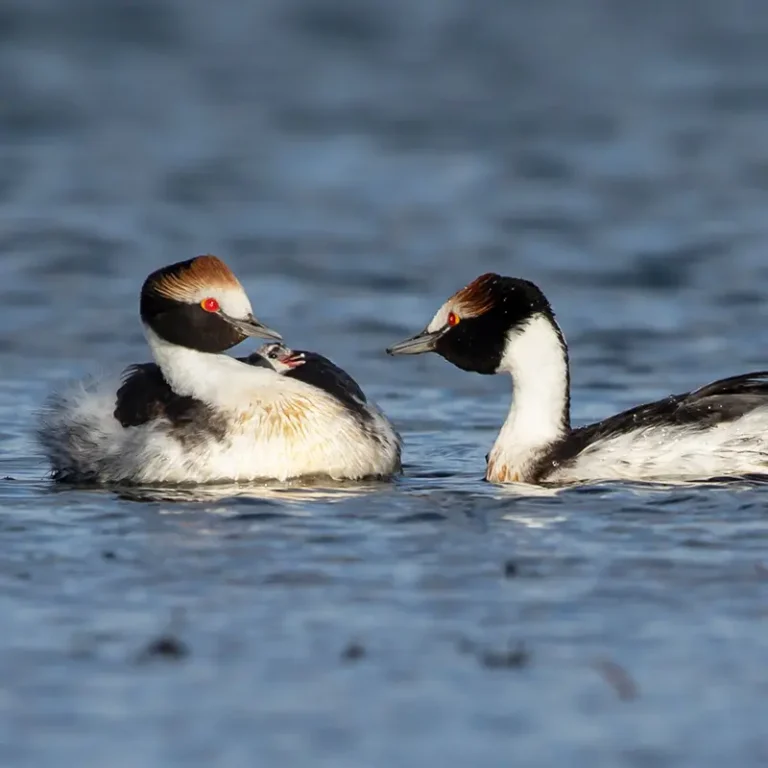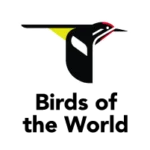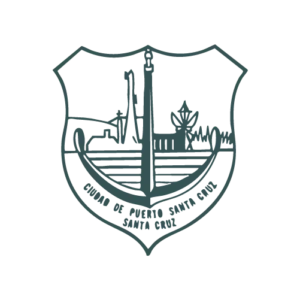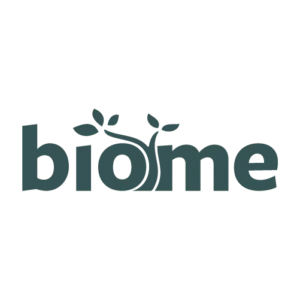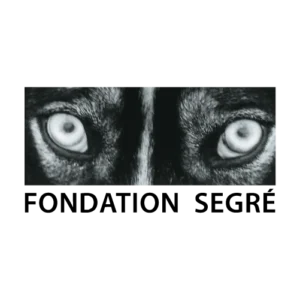Hooded Grebe Program
Context, objectives, and actions
The Hooded Grebe Conservation Program emerged between 2009 and 2010 as an urgent response to the marked decline in the population of this emblematic Patagonian species. From that moment on, fundamental information began to be generated about its behavior, reproduction, genetics, and, especially, about the threats it faces in its natural environment. With the first results in hand, one of the main conservation actions was launched in 2011: the “Colony Guardians” program, aimed at protecting nests from attacks by the Kelp Gull and reducing the predation of adults and chicks by the American mink, an invasive alien species. The work was expanded and added complementary perspectives to address the problems in a more comprehensive way. Thus, specific plans were developed for mink control, reduction of Kelp Gull populations, and the removal of rainbow trout in key lagoons for the Macá, seeking to restore essential environments. Since then, it has remained active constantly, combining conservation and research in the field. Its main achievements include reducing the impact of the most serious threats and creating key protected areas to ensure the future of this critically endangered species.

